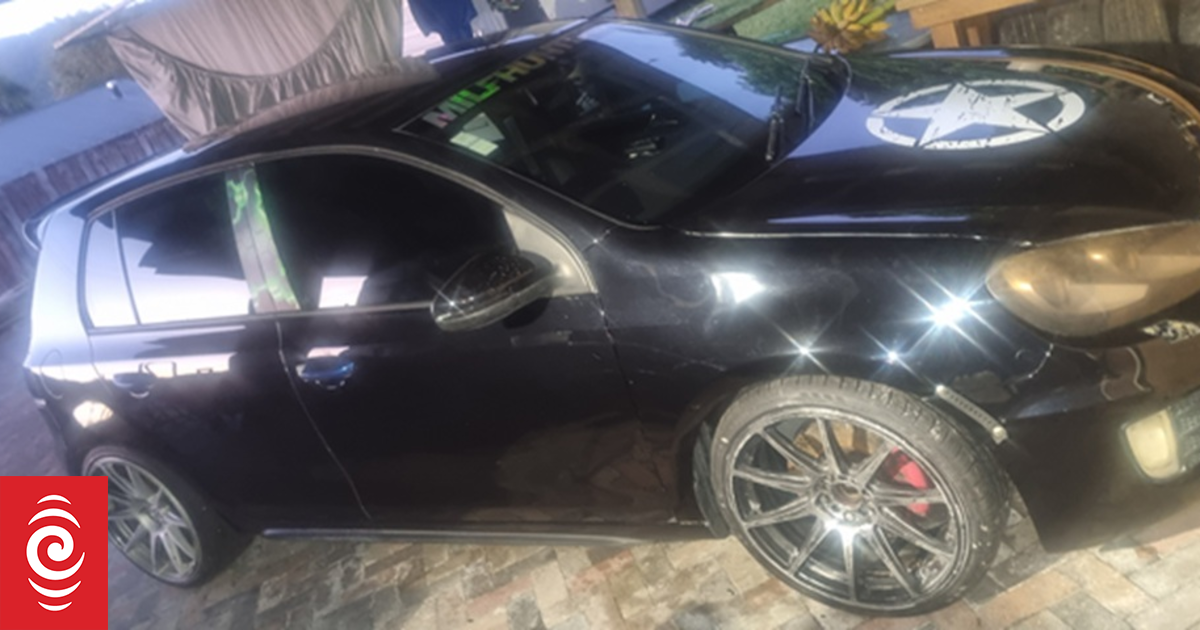“The perfectly typed four-page document was found in the Kemp House collection, though very little else is known about it,” Heritage New Zealand Pouhere Taonga’s collections advisor, Belinda Maingay said.
“Some of the issues identified by the unknown author, however, are still likely to resonate with many locals today.”
The car, whose importance was grudgingly acknowledged in the document, was also the chief culprit according to the writer, robbing Kerikeri of its peace and tranquillity.
“Already the main street of Kerikeri is crowded with cars. This street, straight and carrying through traffic, can be difficult and even dangerous to cross especially for children and the elderly,” it stated.
“The atmosphere of the town is less relaxed. Instead it is increasingly polluted with noise, fumes and dust.”
The writer also warned against the evils of “ribbon development” – increased commercial and housing activity hanging off a single main arterial road. If the people of Kerikeri did not change their ways, a grim future awaited:
“The town will thus be just another long, dull, string of shops, banks etc; characterless, uninteresting like myriads of others […] a place where agreeable social contact after completing business is virtually impossible because it has to compete with the noise and perils of endless herds of motor vehicles.”
This dystopian view of Kerikeri in the new millennium – driven by “international problems of fuel and peace” – would result in “the possibility that the heart of Kerikeri may be carried with the new roads to drift away from its present location”.
Fortunately, though, an alternative reality was possible. The solution was simple:
“…exclude the motor car from these parts of the city where people would like to do their shopping, carry out their business, meet, chat with friends and bring their children in reasonable peace and safety, especially in beautiful and restful surroundings.”
Sound good? Read on…
“The car would still be in the vicinity but the plan would direct it to regions where it can easily be parked but still close enough to the car-free sanctuary to enable people to get there quickly and comfortably on foot.”
In other words, walk to the amenities.
“What’s intriguing about this document is that it’s very ‘current’ in its outlook, identifying cars as being a major contributor to pollution and dysfunction in terms of the workability of towns like Kerikeri,” Maingay said.
“The author also identifies – quite presciently – fuel costs and global instability as destabilising factors, and even foreshadows the concept of urban centres where cars are excluded in favour of pedestrians. Not bad for 1974.”
There are a couple of things that the author could never have known – or even anticipated. Not even in their worst nightmares.
“The ‘big box’ retail phenomenon which has gutted so many main streets around the world isn’t mentioned for example. On the positive side, the growing use of bicycles as alternatives to cars isn’t mentioned either.”
And although attempts to streamline traffic flow through Kerikeri using one-way roads – first trialled by the FNDC in 2006 – doesn’t appear to have created the peaceful utopia envisaged by the writer half a century ago, beautification initiatives like tree planting have helped create an environment that goes some way towards creating beautiful and restful surroundings. Despite the constant presence of cars.
There is always hope for a better future, however. The last word belongs to the anonymous writer who took time to record their thoughts five decades ago:
“There is no doubt that Kerikeri is quite capable of making itself a unique and remarkably civilised place. We all want it. It needs brains, work and cooperation. Starting now.”



